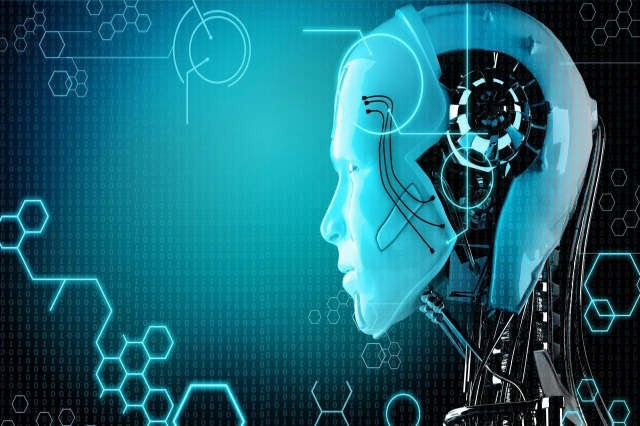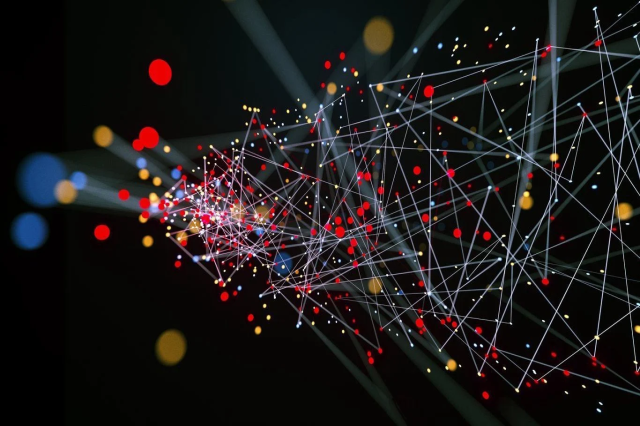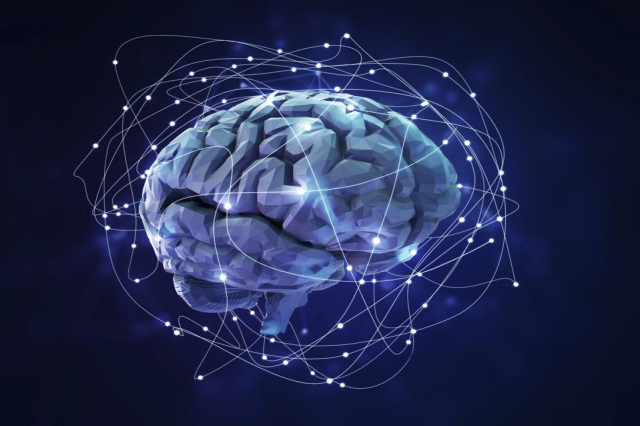AI And Datascience

Data science is the process of extracting raw and unstructured data combining scientific methods and mathematical formulas, and turning them into structured and filtered data. It uses various tools and techniques to uncover business insights and turn them into actionable solutions. Data scientists, engineers, and executives perform steps like data mining, data cleansing, data aggregation, data manipulation, and data analysis, among others.
The use of data science and artificial intelligence in companies can help them achieve the unthinkable. It can also trigger automation and efficiency in processes that require more workforce and man-hours. Therefore, many industries have incorporated data science and artificial intelligence, which are reaping the benefits that we will be discussing in the next part of the article.


